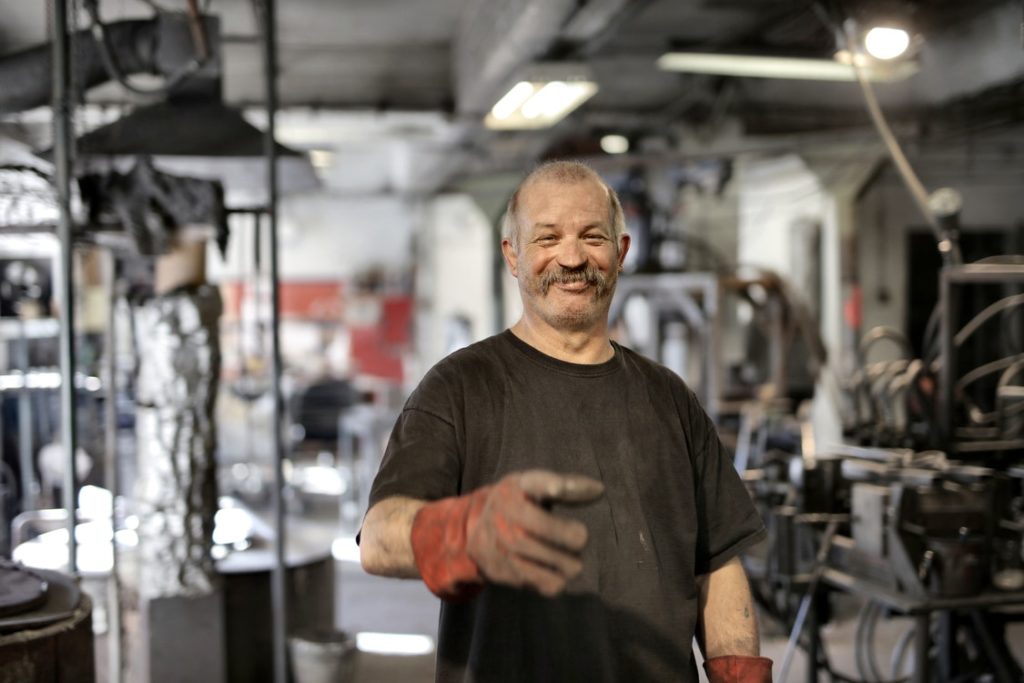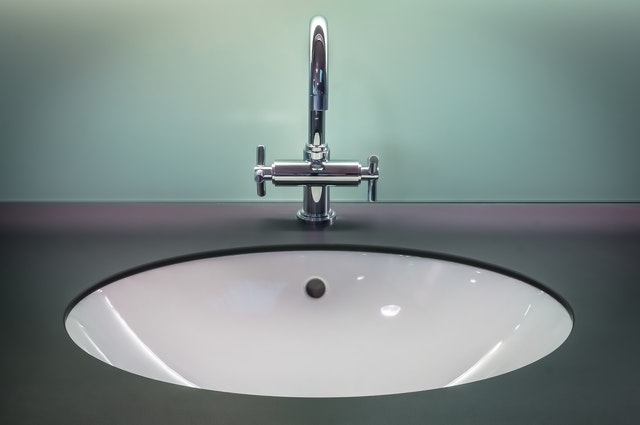
While working with pipe fittings, there are many important safety tips that you must follow to avoid injury. Always wear gloves and chemical-resistant clothing, and lift with caution. It’s also a good idea to use chemical-resistant gloves when soldering copper pipes. These are just a few tips to keep in mind when working with pipe fittings. Read on to learn more. You should not attempt to weld pipe fittings together.
Soldering
Besides following proper pipe fitting safety tips, you should also know how to use solvents while working with the pipes. Solvents are chemicals used to weld PVC pipes and other types of solvent-welded pipes, and their fumes can be hazardous to you or nearby workers. To protect yourself from such risks, wear safety goggles, wear a flame shield, and wear safety glasses. It is also advisable to use lead-free solder when fixing pipe fittings and S355J0 steel products. Moreover, try to use flexible fittings as they are less likely to break.
While welding or soldering copper pipes, it is important to remember that flux fumes can be hazardous to your skin. They can damage mucous membranes and the respiratory system. Wear a respirator and cover all exposed skin, including your hands and arms. Always wash your hands thoroughly after handling the pipes or solder. Use lead-free solder when soldering copper pipes. If you have to use flux, use a lead-free one.
Before installing a pipe fitting, you must first identify the type and size of the pipe. A 1/2″ drill is sufficient to drill large holes in pipe fittings. Make sure to use a drill with a high-quality tungsten carbide bit to avoid binds. Another important pipe fitting safety tip is to use a proper soldering torch. It is advisable to use a safety shield before using a soldering torch as the fumes can be harmful.
Chemical Resistant Gloves

The best way to protect yourself from the hazards of working with chemicals is to wear chemical-resistant gloves. There are many different types of chemical-resistant gloves available on the market. Your choice of chemical-resistant gloves should be based on the task you are performing. Some gloves are designed to protect your hands from chemicals, while others are cut-resistant and have additional protection against heat. You should also check whether the gloves are approved for use in the food industry.
These protective gloves are made of various materials, such as rubber, nitrile, and natural latex. Some are blended with other materials to provide better protection. Latex gloves are popular because they provide excellent comfort and resistance to most liquids. These gloves are also highly resistant to abrasions and cuts and have exceptional tensile and elasticity. However, latex gloves can cause allergic reactions in some people.
Whether you’re working with abrasive materials or removing pipe fittings, chemical-resistant gloves are essential. These protective gloves offer protection from heat, chemical vapors, and steam while allowing you to work comfortably with your hands. Depending on the type of chemical and the duration of exposure, chemical-resistant gloves may also offer thermal protection. The appropriate type of chemical-resistant gloves will be suitable for your job site and chemical exposure level.
Proper Lifting Techniques
Lifting above a live hydrocarbon process plant has long been an emotive subject. Nonetheless, the need to lift above such a plant is an essential component of safe operation. Various lifting scenarios may occur, including normal production operations, simultaneous operations, and drilling and construction activities. While shutting down the plant can help reduce risks, this may not always be possible. Proper lifting techniques must be employed in such instances.
Using the correct lifting techniques is critical to avoiding musculoskeletal injuries. Musculoskeletal injuries affect bones, tendons, and muscles. By using proper lifting techniques, pipe fitters can significantly reduce their risk of injury. Proper lifting techniques include using leg muscles and assessing the weight before starting the process. If lifting is not an option, mechanical lifting equipment can be used to move heavy loads. Keeping the load close to the body is another crucial safety consideration.
Soldering Copper Pipes
First, clean the ends of the copper pipe thoroughly. You can use a pipe brush or emery cloth to clean inside the joint. The more clean the pipes are, the higher the chance of success. Also, before you start soldering, cover the pipes with flux to protect the surfaces from the flame. Then, heat the copper pipes until the flame surrounding the joint is the correct temperature, then cool them with a wet rag.
If you are working on drinking water, make sure you use a flux that is safe for drinking water. Flux can be bought at most hardware stores. Flux is an acidic substance that works to connect the solder with the line. When soldering copper pipes, it’s important to make sure that the solder is suitable for the water, since residual flux can cause leakage. Then, follow the instructions in the tin carefully.
When soldering copper pipes, always remember to hold the pipe steady while you’re working. If you’re working with water, make sure to use a pipe with a proper outlet to eliminate any excess moisture. This will prevent dripping water from the joint. You should also make sure that the pipes are securely plugged to prevent any water leaks. And if you are soldering multiple pieces of copper pipe, keep in mind that there’s a high possibility of cracking a pipe or losing a solder seal.
PTFE Tape
PTFE tape is widely used in the plumbing industry to keep pipe connections leak-free. While the material is very effective in preventing corrosion, it is still necessary to follow a few safety guidelines when working with it. Using the correct amount of tape is important for ensuring that a fitting does not leak. PTFE tape should be applied in the same direction as the threads of the pipe. Too much tape will prevent a proper seal and could even gum up the threads. PTFE tape is available in standard white for both non-potable and potable water systems. It is highly corrosion resistant and is effective in high-pressure systems. PTFE tape is also resistant to a wide range of chemicals.
When using PTFE tape, make sure to follow the manufacturer’s instructions. Make sure to wrap the tape in the right direction. Threads turn in clockwise directions but there are exceptions. Using the right direction will help prevent the tape from unraveling while you make up a joint. Afterward, clean the tape with a rag. If it does unravel or come loose, remove it immediately and replace it with a fresh one.
Elbows
The number of different types of pipe fittings’ elbows is immense. They range in shapes and sizes and are available in a variety of materials. Elbows typically form a 90-degree or 45-degree change in direction. Some elbows are 22-1/2 degrees; however, for other systems, such as PVC or Copper, there are other elbows available with shorter radiuses. Safety tips for pipe fittings’ elbows include following the following guidelines:
To ensure that a joint is sealed properly, pipe dope, also known as Plumbers Mait or Boss White, is recommended. While PTFE tape is ideal for tight bends, it might not be suitable for certain applications involving excessive temperature. Therefore, it is recommended that you consult a plumber before utilizing either of these materials. But whatever you choose, these tips should help you safely install pipe fittings’ elbows.
When choosing the right pipe fittings for elbows, it is essential to consider the radii of the bends and the radius of the elbows. As the length of a pipe fitting’s radius changes, the elbow’s radius also decreases, creating less pressure drop. Short-radius elbows are less expensive but may be necessary for areas with limited space. In addition, elbows are also classified according to the degree of curvature they produce. A 45-degree elbow, for example, will turn the fluid at a 45-degree angle.
Stress Intensification Factor
The stress intensification factor (SIF) for pipe fittings is published in piping codes and is based on a formula that determines the maximum local stresses in a particular junction. Depending on the geometry and location of the pipe and fitting, the SIF may be greater or lower than the maximum stress in the adjacent pipe. This illustration demonstrates how the stress intensification factor is calculated in a particular case.
A typical piping system is made up of pipes connected to each other by various fittings. These pipe fittings may fail due to plastic, creep, fatigue, or rupture failure modes. These varying geometric properties affect the stress concentrations in pipe fittings, and consequently the loads produced by these failure modes. This is why the ASME B31.3 standard uses the stress intensification factor to determine the amount of strain that can be transmitted through a piping system.
The SIF for pipe fittings can be calculated using FE/Pipe or a similar software program. The SIF represents a multiplier of the nominal stress on the pipe and fittings. It takes into account geometry, welding, and other factors that influence stress concentration. The SIF can be calculated for a normal pipe fitting, as well as a special or modified piping system. The SIF can be calculated for many different geometries and is the most commonly used stress analysis method in the industry.
